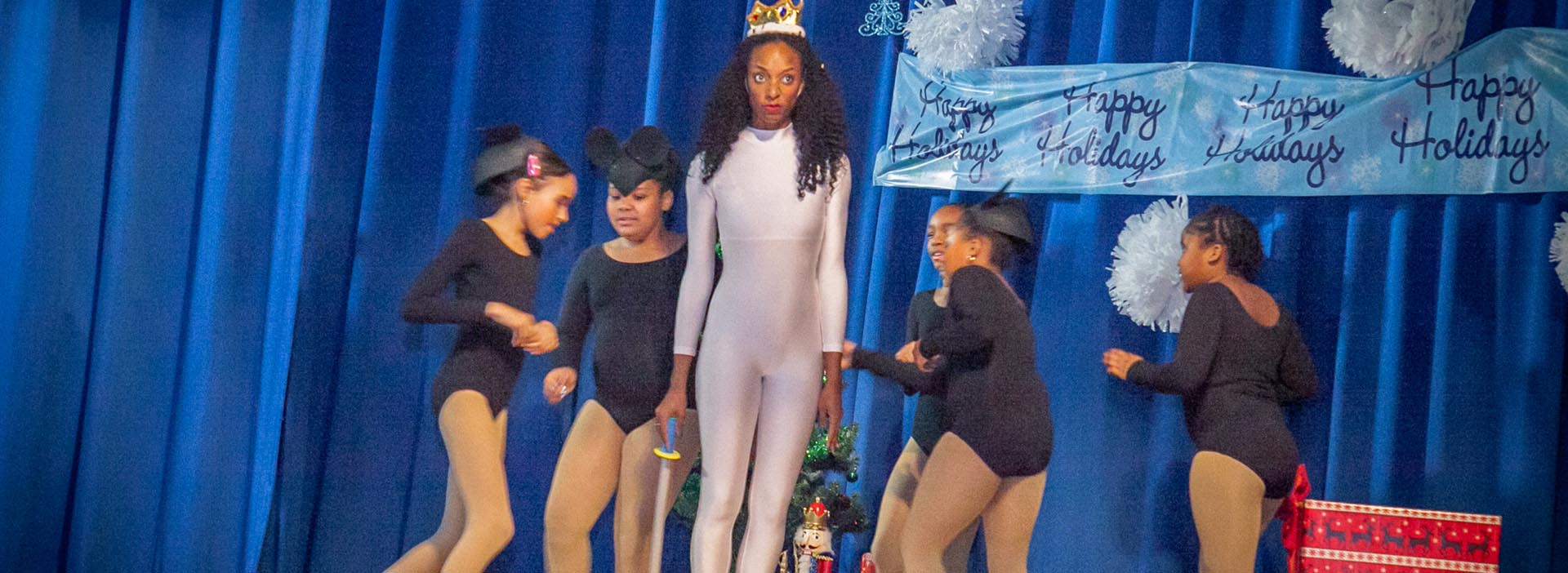If most dance studios seem to have qualified, friendly teachers, experience teaching children and a big show at the end of the year, aren’t they all pretty much the same? Does it really matter which place you decide to enroll? Yes. There are 4 main things that can make a huge difference in the quality of instruction your child receives, the amount of extra work and hassles the parents must deal with and the overall enjoyment and satisfaction of being involved with a dance program. Here are 4 things that every parent should consider before deciding on a dance studio for their child.
1. WHAT TYPE OF DANCE FLOOR IS USED?
Dance is a very physical activity that requires a lot of jumping, which can put stress on bones and joints. Most dance footwear does not provide any cushioning or support, so the shock of dance movement can place a lot of pressure on the knees and back of a dancer. The best way to prevent against potential injury is by choosing a studio with a professional “floating floor”. A floating floor is a dance floor that rests on a system of high-density foam, to absorb the shock of jumping. A high-density foam base is superior to a “sprung” floor, which usually consists of a wood structure built on the regular floor.
The top layer of the dance floor is also an important factor. A vinyl composite “Marley” floor is accepted worldwide as the best surface layer for recreational to professional dance. Facilities such as the Royal Winnipeg Ballet, the Royal Academy of Dance in London, England, and River dance - The Touring Show, all use Marley floors as their dance surface. A Marley floor allows dancers to slide, with a degree of “controlled slip", but is not slippery so there is less risk of slips and falls. Very few studios use professional Marley floors because of the expense involved, and usually opt for a regular floor tile for a studio floor.
Our special floors help reduce the risk of injuries and allow students to dance longer without getting tired.
2. WHAT IS THE SIZE OF THE CLASS?
If the dance class has fewer students in it each child will receive more personalized attention, learn more and have more fun. With younger students, it is easier for a teacher to maintain control over the class and make sure each student understands the concepts and instructions. Our smaller class sizes make sure that no fundamental concepts are being missed. A smaller class size also allows our teachers to ensure that students are not developing bad habits or improper technique.
3. WHAT ARE THE “EXTRAS” REQUIRED FOR THE YEAR END SHOW?
Most studios put on a year-end show in a professional theatre. Students that perform in the show must have a costume for their dance number. Some studios may require parents to sew their child’s costumes, or pay extra and the parents must find their own tailor to do the sewing. This can be inconvenient and frustrating for parents who are busy or cannot sew.
Our studio uses professional costume suppliers. In March there is an end of year program fee, this fee covers five tickets, a DVD of the show and a full color playbill; this way you as a parent will not be faced with any extra work or expenses in May and June.
4. CARING AND UNDERSTANDING STAFF AND TEACHERS
In many dance studios, the teachers and/or studio owners are more concerned about tuition payments than they are about development of your child. We are a not-for-profit organization whose mission is to provide cultural in the humanities for children in the Coney Island community, while providing them with the opportunity to build self-esteem, self-confidence, develop poise, grace and balance. We prepare students to enter specialized dance and art programs and schools throughout Brooklyn and New York City. We are here for the cultural and artistic development of your child.














